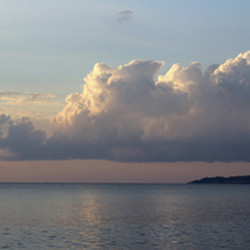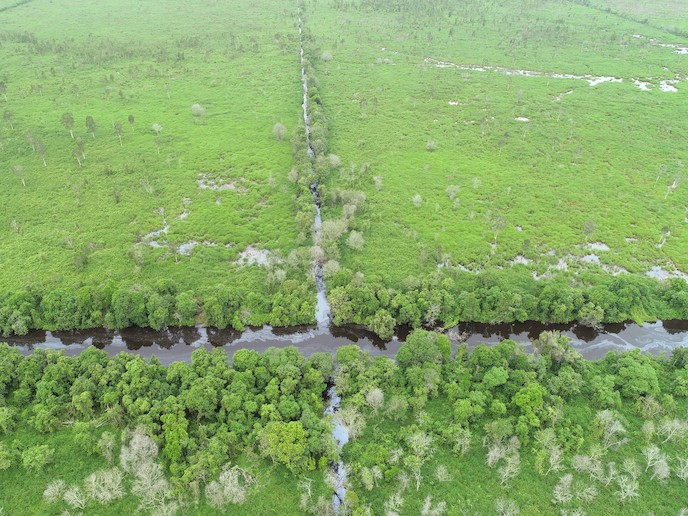Improved ocean circulation models
The 'Seismic inversion and stochastic spectral analysis of thermohaline staircases in the Tyrrhenian Sea' (SEISSEA) project investigated the use of seismic oceanography (SO) to study mixing processes in the most stable regions of the oceans. These regions where temperature and salinity vary vertically in a step-like manner are known as a thermohaline staircase. SO uses multi-channel seismic reflection profiling together with conventional oceanography to investigate physical oceanographic processes. SEISSEA used SO to study the thermohaline staircases, which are important indicators of mixing processes. The work was conducted in the Tyrrhenian Sea, situated off the west coast of Italy. The centre of the Tyrrhenian Sea is largely free from external turbulence and mass convection and is known to contain well-defined stratified layers of varying temperature. Therefore, it is a natural laboratory for studying diapycnal mixing, which is defined as mixing across lines of equal density. The second part of the study involved extraction of the Hurst number (which characterises the roughness of surfaces) from the seismic data. SEISSEA found that the Hurst number can be used to estimate internal wave number spectra directly from seismic data. This is of great interest to physical geographers because until now wave number spectra were obtained using measurements from oceanic probes. Work conducted by SEISSEA provided new advanced tools for SO and help to generate ocean circulation models. As the ocean is responsible for a large portion of heat re-distribution, the project's findings will help climate scientists who use circulation models to study climate change.







